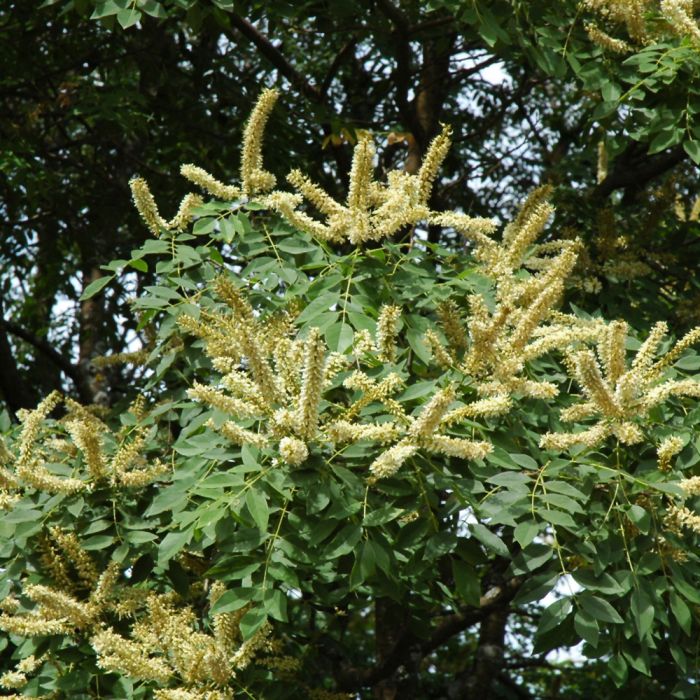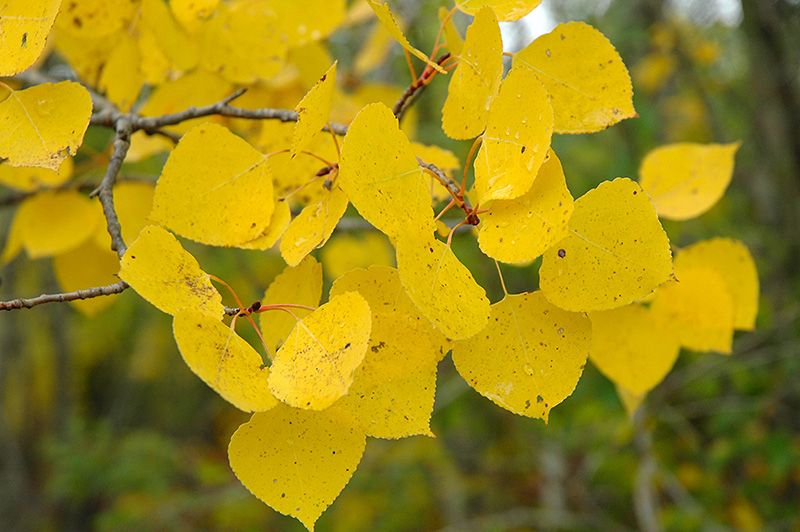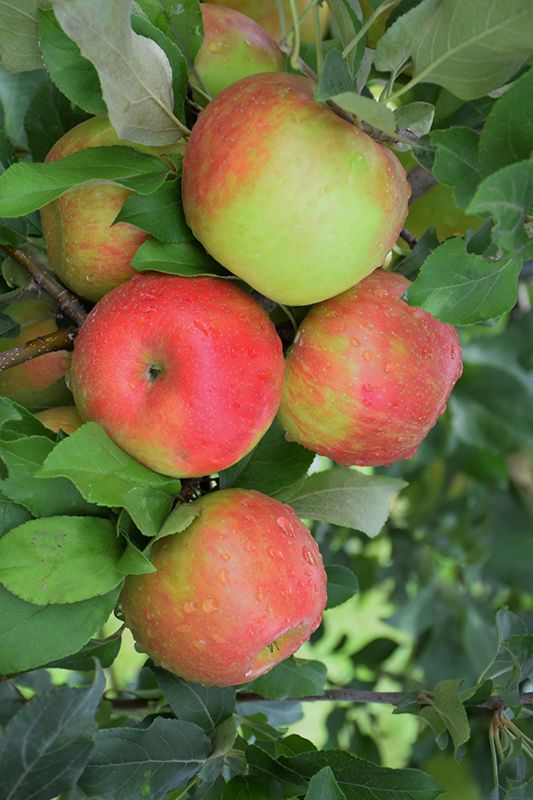Maackia, Amur Maackia (Large Sizes)



Out of stock
Coming soon, still growing- Sun Preference
- Full-Sun, Part-Sun
Description
A beautiful ornamental tree for smaller properties and street plantings. Leaves emerge silver, then mature a deep green. With age, the goldenbrown bark becomes curly and exfoliating. White flower racemes in July- August.
Minnesota's Largest Selection of Trees
At Minnesota's Destination Garden Center, we offer a diverse range of trees to suit any landscaping need. Whether you're looking for shade trees to cool your home or ornamental trees to add beauty and interest, you'll find the perfect tree at Gertens. Our knowledgeable staff can help you select the right tree for your space and provide tips for care and maintenance. Visit Gertens today and explore the unmatched variety of trees to enhance your outdoor environment!
Details
Amur Maackia features showy spikes of fragrant creamy white pea-like flowers rising above the foliage in mid summer. It has attractive forest green deciduous foliage which emerges silver in spring. The pinnately compound leaves are highly ornamental but do not develop any appreciable fall color. The mottled olive green bark is extremely showy and adds significant winter interest.
Amur Maackia is a deciduous tree with a more or less rounded form. Its average texture blends into the landscape, but can be balanced by one or two finer or coarser trees or shrubs for an effective composition.
This tree will require occasional maintenance and upkeep, and is best pruned in late winter once the threat of extreme cold has passed. It has no significant negative characteristics.
Amur Maackia is recommended for the following landscape applications;
- Accent
- Shade
Amur Maackia will grow to be about 25 feet tall at maturity, with a spread of 30 feet. It has a low canopy with a typical clearance of 5 feet from the ground, and is suitable for planting under power lines. It grows at a slow rate, and under ideal conditions can be expected to live for 50 years or more.
This tree should only be grown in full sunlight. It is very adaptable to both dry and moist locations, and should do just fine under average home landscape conditions. It is not particular as to soil type or pH, and is able to handle environmental salt. It is somewhat tolerant of urban pollution. This species is not originally from North America.
More Information
| Gerten Grown Plants | Gerten Grown Plants |
|---|---|
| Tree Type | Shade & Ornamental |
| Sun Preference | Full-Sun, Part-Sun |
| Mature Height (Range) | 25 - 50 feet |
| USDA Hardiness Zone | 3, 4, 5, 6, 7, 8 |







